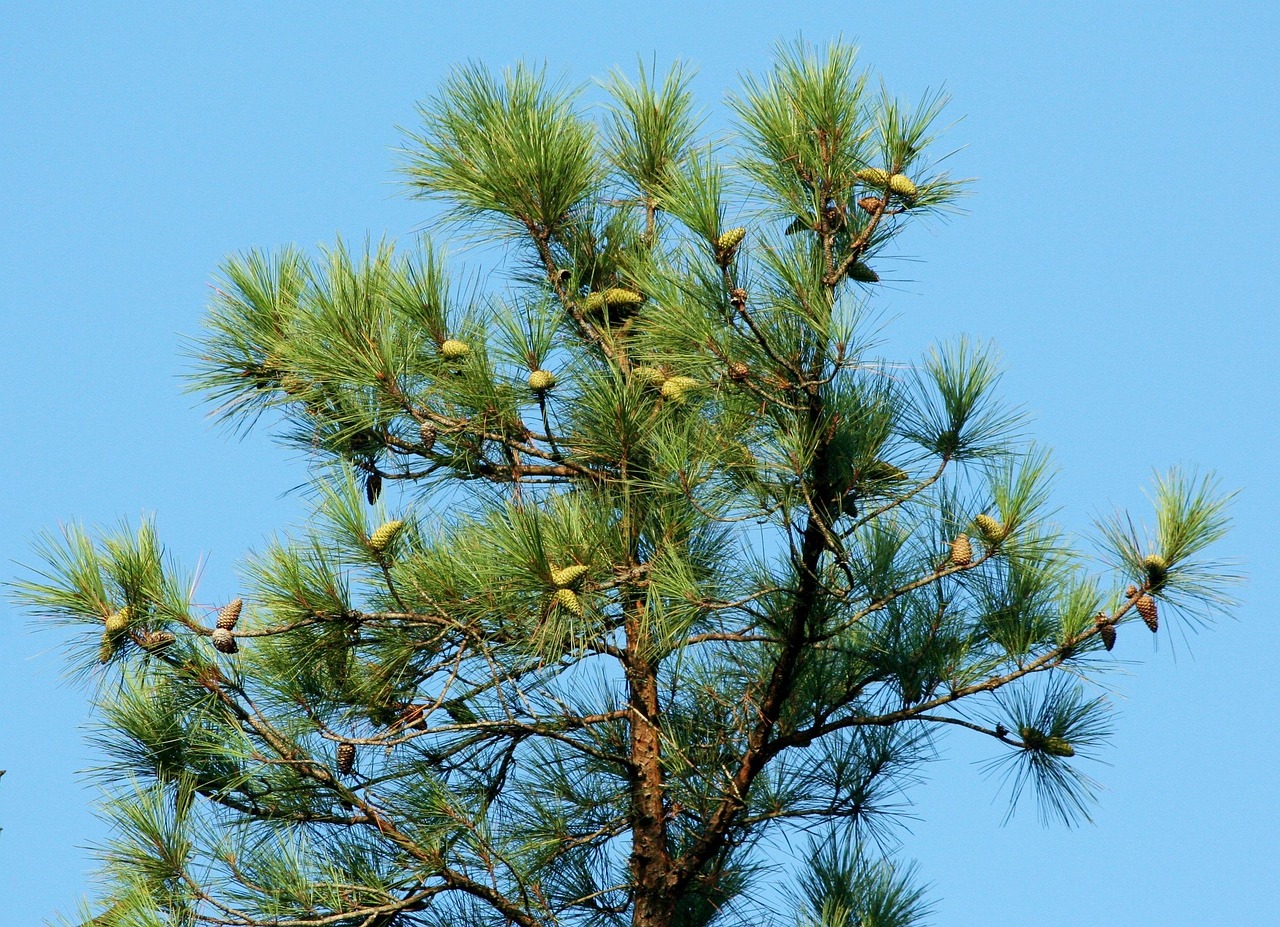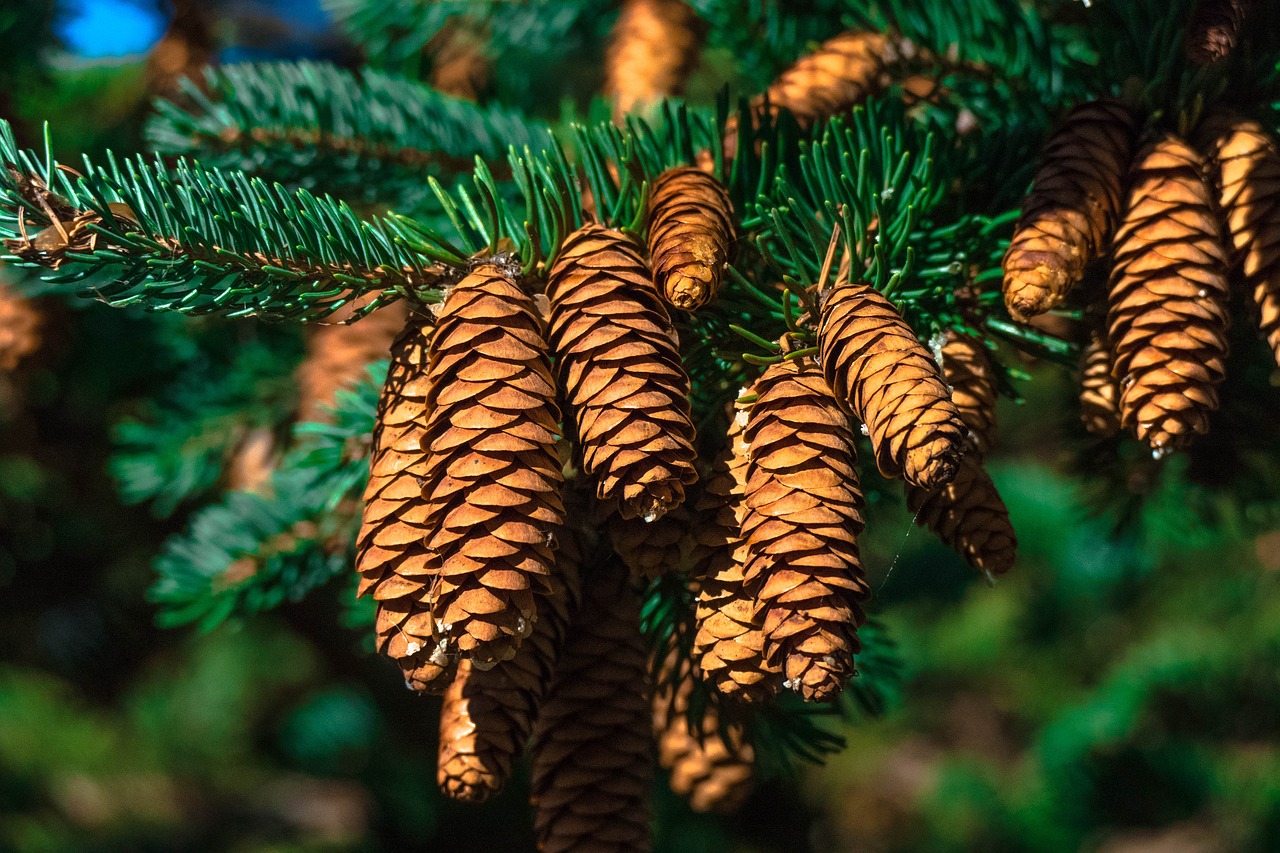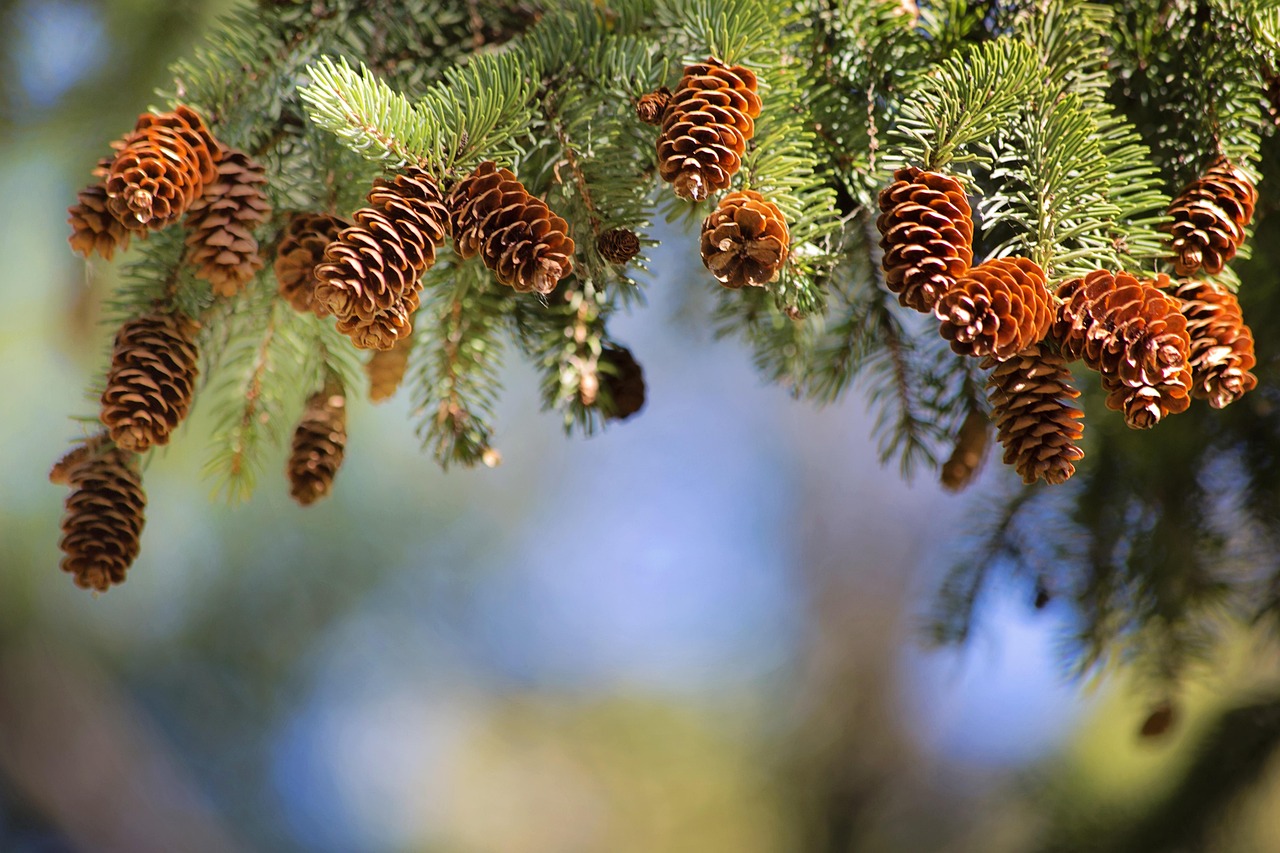Loblolly Pine does make good quality lumber. It is known for its strength, durability, and versatility, making it a popular choice for various construction and woodworking projects.
Introduction to Loblolly Pine

Loblolly Pine (Pinus taeda) is a tree species native to the southeastern United States. It thrives in warm, humid climates and is commonly found in forests across states like North Carolina, Georgia, and Alabama. The tree can grow up to 100 feet tall and has a straight trunk with a diameter of up to 3 feet. This impressive size contributes to its popularity as a lumber source.
The wood from Loblolly Pine is characterized by its light color, which ranges from pale yellow to brown. It is also notable for its fine to medium texture and straight grain. These features make it an appealing choice for many applications in construction, furniture making, and other woodworking endeavors.
One of the main advantages of Loblolly Pine lumber is its strength. It ranks well in terms of structural integrity, making it suitable for framing, flooring, and even outdoor applications. Additionally, Loblolly Pine has a relatively high growth rate, allowing for sustainable harvesting practices. This is particularly important in today’s environmentally conscious market.
Physical Properties of Loblolly Pine
The physical properties of Loblolly Pine contribute significantly to its effectiveness as a lumber source. Below is a table that outlines key characteristics of this wood:
| Property | Value |
|---|---|
| Density | 34 lb/ft³ (545 kg/m³) |
| Hardness (Janka) | 690 lbf (3,070 N) |
| Modulus of Rupture | 10,700 psi (73.8 MPa) |
| Elastic Modulus | 1.4 x 106 psi (9.7 GPa) |
| Shrinkage (Tangential) | 6.6% |
| Shrinkage (Radial) | 3.5% |
The density and hardness of Loblolly Pine make it suitable for high-stress applications, while its elasticity allows it to withstand bending forces without breaking. These properties are essential for builders and manufacturers who require reliable materials for their projects.
Uses of Loblolly Pine Lumber
Loblolly Pine lumber has a wide array of uses due to its favorable characteristics. Here are some common applications:
- Construction: Used in framing, roofing, and flooring.
- Furniture: Often found in tables, chairs, and cabinetry.
- Millwork: Ideal for moldings and trim work.
- Plywood: A primary component in creating plywood products.
- Outdoor Structures: Suitable for decks and fences due to its durability.
The versatility of Loblolly Pine makes it a staple in both residential and commercial construction. Its ability to adapt to various environments further enhances its desirability as a lumber choice.
This tree species not only meets the demands of builders and craftsmen but also supports sustainable forestry practices, ensuring that future generations can continue to benefit from its resources.
Benefits of Using Loblolly Pine Lumber
When considering lumber options, Loblolly Pine stands out due to several significant benefits. These advantages make it a preferred choice for many builders and craftsmen. Below are some of the primary benefits of using Loblolly Pine lumber:
- Cost-Effectiveness: Loblolly Pine is generally more affordable compared to other hardwoods. Its lower cost makes it accessible for various projects, from home renovations to large-scale construction.
- Sustainability: This species grows quickly and can be harvested sustainably. Many forestry practices focus on replanting, ensuring that future generations will have access to this valuable resource.
- Workability: Loblolly Pine is easy to cut, shape, and finish. This ease of work allows craftsmen to create intricate designs without excessive effort.
- Availability: Due to its widespread cultivation in the southeastern U.S., Loblolly Pine is readily available in various markets. This availability ensures a steady supply for builders and manufacturers.
- Aesthetic Appeal: The light color and fine grain of Loblolly Pine offer a warm and inviting appearance. It can be stained or painted easily, making it versatile for decorative purposes.
Drawbacks of Loblolly Pine Lumber
While there are many benefits, it is also essential to consider some drawbacks associated with Loblolly Pine lumber. Understanding these limitations can help buyers make informed decisions:
- Softness: Compared to hardwoods, Loblolly Pine is softer. This characteristic makes it more susceptible to dents and scratches, which may not be ideal for high-traffic areas.
- Susceptibility to Insects: Like many pine species, Loblolly Pine can attract pests such as termites. Proper treatment and maintenance are necessary to prevent infestations.
- Moisture Sensitivity: This wood can swell or shrink in response to changes in humidity levels. It is crucial to properly seal and finish the wood to minimize these effects.
Environmental Impact of Loblolly Pine Forestry
The environmental impact of using Loblolly Pine lumber is an important consideration for sustainable building practices. As awareness of environmental issues grows, many consumers seek materials that are eco-friendly. Here are some aspects of Loblolly Pine forestry that contribute to its positive environmental impact:
- Rapid Growth Rate: Loblolly Pine trees grow quickly compared to other tree species. They can reach maturity in about 25 to 30 years, allowing for quicker harvesting cycles.
- Carbon Sequestration: Like all trees, Loblolly Pines absorb carbon dioxide as they grow. This process helps reduce greenhouse gases in the atmosphere.
- Wildlife Habitat: Managed forests that include Loblolly Pines provide habitats for various wildlife species. These forests can support biodiversity while supplying timber.
- Reforestation Efforts: Many logging companies actively participate in reforestation initiatives. By planting new trees after harvesting, they help maintain forest ecosystems and promote sustainability.
Quality Ratings and Standards
Loblolly Pine lumber is graded according to specific standards that dictate its quality and suitability for various applications. The grading system helps consumers choose the right lumber for their needs. Here are common grades associated with Loblolly Pine:

l>
The grading system ensures that buyers receive lumber that meets their project requirements while maintaining quality standards across the industry.
Working with Loblolly Pine Lumber

>When it comes to working with Loblolly Pine lumber, understanding its properties and behavior is essential for achieving the best results in any project. This section explores important considerations, techniques, and tips for effectively using Loblolly Pine.
Preparation and Treatment
Before using Loblolly Pine lumber, proper preparation and treatment are crucial. Here are some steps to ensure the material is ready for your project:
- Acclimatization: Allow the lumber to acclimate to the environment where it will be used. This process helps prevent warping or shrinking due to changes in humidity.
- Cleaning: Ensure that the wood surface is clean and free from dust or debris. This step is especially important before applying finishes or adhesives.
- Sealing: To protect against moisture and pests, consider applying a sealant or wood preservative. This treatment enhances the longevity of the wood.
Cutting and Shaping Techniques
Loblolly Pine is known for its workability, making it easy to cut and shape. Here are some tips for working with this type of lumber:
- Tools: Use sharp blades on saws and cutting tools. Dull blades can cause tear-out and rough edges.
- Cutting Direction: Always cut with the grain to minimize splintering. If possible, make test cuts to find the best direction for your project.
- Joinery: Loblolly Pine can be joined using various methods, including screws, nails, or dowels. Ensure that joints are secure for structural applications.
Finishing Options
The finishing process is vital for enhancing the appearance and durability of Loblolly Pine lumber. Here are some popular finishing options:
- Staining: Loblolly Pine readily absorbs stains. Choose stains that complement its natural color, ranging from light shades to darker hues.
- Painting: Painting can provide a protective layer while allowing for creativity in design. A primer may be necessary to ensure even coverage.
- Varnishing: A clear varnish or polyurethane finish can provide a glossy appearance while protecting against wear and tear. Make sure to apply multiple coats for best results.
Applications of Loblolly Pine in Construction
Loblolly Pine lumber is widely used in various construction applications due to its strength and versatility. Here are some common uses in the construction industry:
- Framing: Loblolly Pine is often used for wall framing, roof trusses, and floor joists due to its structural integrity.
- Siding: This lumber makes excellent siding material, providing both aesthetic appeal and protection from the elements.
- Decking: Its durability makes Loblolly Pine suitable for outdoor decking installations, where it can withstand exposure to moisture.
- Cabinetry: Many builders choose Loblolly Pine for kitchen cabinets and built-ins, as it can be easily finished to match various styles.
Innovative Uses of Loblolly Pine
Beyond traditional applications, Loblolly Pine is also being explored for innovative uses in various fields. Here are a few examples:
- Biofuels: Research is underway on using Loblolly Pine biomass as a renewable energy source, contributing to sustainable energy solutions.
- Plywood Production: The wood is commonly used in producing plywood, which is essential for many construction projects.
- Furniture Manufacturing: Its attractive appearance and workability make it a popular choice for crafting furniture pieces that are both functional and stylish.
The adaptability of Loblolly Pine allows for creativity and innovation in its use across various industries, highlighting its importance beyond traditional lumber applications.
Future Prospects of Loblolly Pine

>The future of Loblolly Pine lumber looks promising, driven by various factors like sustainability, innovation, and demand in the construction industry. As more builders and consumers prioritize eco-friendly practices, Loblolly Pine stands out as a renewable resource that supports sustainable forestry.
Additionally, advancements in technology are paving the way for better utilization of Loblolly Pine. For instance, new treatments and finishes can enhance its durability and aesthetics, making it even more appealing for consumers. The ongoing research into using its biomass for biofuels could further elevate its status as a multi-purpose timber resource, promoting its use in green energy solutions.
Challenges in the Industry
Despite the many benefits, the Loblolly Pine lumber industry does face certain challenges. These include:
- Pest Management: As noted earlier, Loblolly Pine is susceptible to insect infestations, particularly from termites. Effective pest management strategies must be implemented to protect the wood.
- Market Competition: Loblolly Pine competes with other types of lumber, including hardwoods and treated woods. Its market position may be impacted by consumer preferences for alternative materials.
- Environmental Changes: Climate change poses risks to all tree species, including Loblolly Pine. Changes in weather patterns can affect growth rates and timber quality.
Addressing these challenges will require collaboration among forestry professionals, researchers, and policymakers to implement sustainable practices that benefit both the industry and the environment.
Final Thoughts
In conclusion, Loblolly Pine is an excellent choice for high-quality lumber due to its strength, versatility, and sustainability. Its favorable characteristics make it suitable for a wide range of applications, from construction to innovative uses in furniture and biofuels. The grading system ensures that consumers can select the right type of lumber for their projects while maintaining quality standards.
The adaptability of Loblolly Pine not only meets the demands of builders and craftsmen but also supports environmental sustainability through responsible harvesting and reforestation practices. As the market continues to evolve, Loblolly Pine is likely to remain a staple in the lumber industry, contributing to both construction needs and ecological balance.
As consumers become increasingly aware of their choices’ environmental impacts, Loblolly Pine’s role as a renewable resource will be pivotal in shaping future trends in woodworking and construction. The continued innovation surrounding this tree species promises a future rich with possibilities for builders, manufacturers, and environmentally conscious consumers alike.
